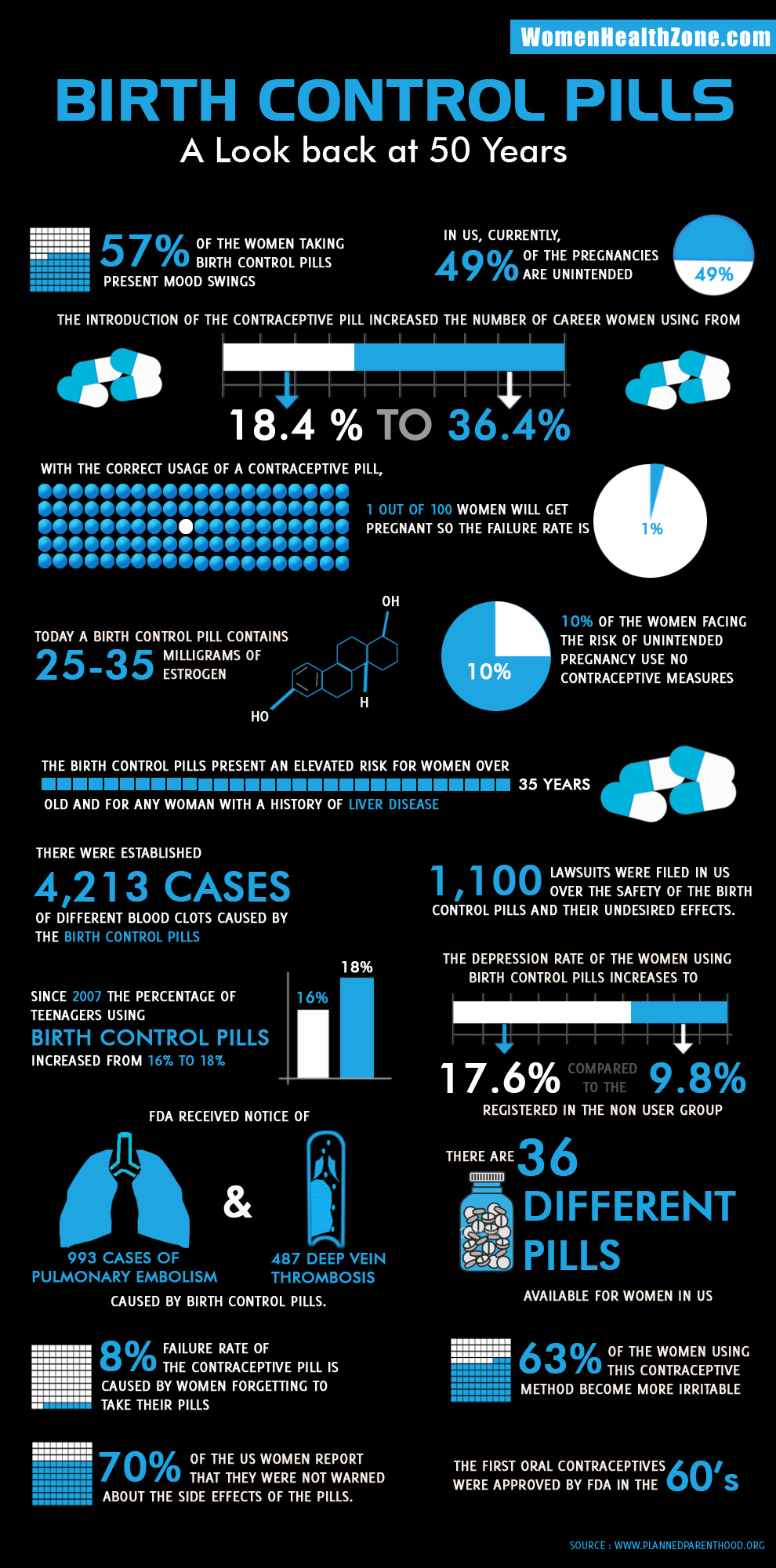In vitro fertilization (IVF) is the joining of a woman’s egg and a man’s sperm in a laboratory dish. In vitro means “outside the body.” Fertilization means the sperm has attached to and entered the egg.
Normally, an egg and sperm are fertilized inside a woman’s body. If the fertilized egg attaches to the lining of the womb and continues to grow, a baby is born about 9 months later. This process is called natural or unassisted conception.
IVF is a form of assisted reproductive technology (ART). This means special medical techniques are used to help a woman become pregnant. IVF has been successfully used since 1978. It is most often tried when other, less expensive fertility techniques have failed.
Indications
IVF is indicated when alternative treatments are either unlikely to achieve pregnancy or have failed to result in pregnancy.
If you have blocked fallopian tubes or extensive pelvic adhesions preventing your egg from entering the fallopian tubes, IVF is indicated.
If you have severe endometriosis and are unable to conceive in spite of one or more operations, IVF would offer a better chance of conception.
If you have severe endometriosis and are unable to conceive in spite of one or more operations, IVF would offer a better chance of conception.









